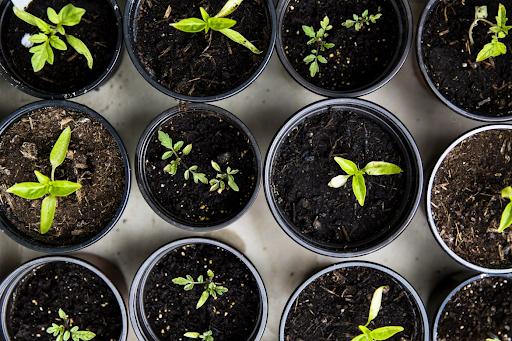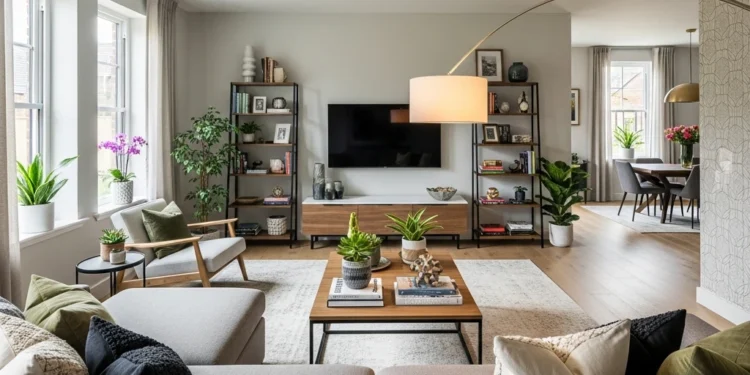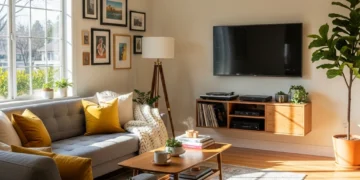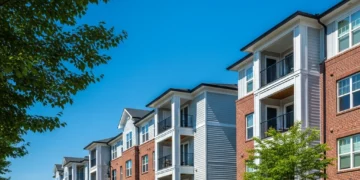Creating a new garden from scratch can be an exciting adventure to embark on. Rather than maintaining a garden that someone else grew, you can establish a brand-new one with all the plants and features you personally like. However, as rewarding as the process can be, it’s easy for inexperienced gardeners to make mistakes that result in endless frustration! Awareness of these common mistakes may help you avoid them:
Not Thinking About Maintenance
After reading a property care guide, you gain an understanding of the care that lawns, plants, shrubs, and trees need on a regular basis. For example, you can learn about how deciduous trees need pruning at a specific time to minimize stress and prevent disease. You even learn about the multi-step lawncare process of aeration, fertilizer, and pest and disease control to keep your grass in tip-top shape.
If you don’t consider the needs of everything you plant before you plant them, there’s potential to become overwhelmed when they eventually grow and require care. You’ll spend all your free time keeping on top of lawn and garden maintenance when you really just wanted to spend more time enjoying your outdoor space. Always read the care and maintenance requirements of each plant you buy. By doing so, you can be sure you’re not planting anything that requires too much of your free time.
Planting Trees Too Close to Structures
When you buy a sapling from your local plant nursery, it’s hard to imagine it as a fully grown tree. It’s also easy to underestimate just how large the average tree can grow. Many property owners make the mistake of planting trees too close to structures, not thinking about the implications once they’re fully grown.
Fully grown trees can break drainage systems, drop leaf litter into gutters, crack foundations, and cause endless headaches for neighbors. Before planting trees on your property, research the expected height and root structure of each variety and plant them far away from structures, drainage pipes, and sewer systems.
Not Considering the Climate
The sad reality is that not every plant you love will be suitable for your climate. Some plants thrive in dry, arid conditions, while others prefer plenty of rain and wet soil. By ignoring climate considerations when choosing your plants, you can end up spending a fortune on plants that fail to thrive and, sadly, even die. If you’re not sure which plants will remain healthy in which locations, talk to garden experts at your local plant nursery. You can also gain inspiration from gardens in your area.
Planting in the Wrong Areas
Some parts of your property will get plenty of sunshine, while others won’t. You may even find that drainage in some areas is exceptional but terrible in others. Consider the intricacies of each part of your property so you can plan your garden accordingly.
For example, plants like Hostas, ferns, Begonias, and Bugleweed thrive in the shade, making them ideal choices for the parts of your property that see little sun. In contrast, if some parts of your property are in full sun all day, you can choose varieties like marigolds, lavender, and coneflowers that love warm, sunny climates and very hot summers.
Not Planting At the Right Time
The ideal time to plant a garden is not necessarily just when you have the free time to dedicate to it. There can be a right and wrong time of the year based on temperature, your region, and the plant type. Always consider the last frost date and your planting zone before stocking up on plants.
The last frost date is the average date of the last day of freezing temperatures in your area. The planting zone refers to the average minimum winter temperature in your area to determine which plants can survive where you live.
There is also a ‘right’ and ‘wrong’ time to plant specific plants. For example, you can plant cool season crops like broccoli, lettuce, and spinach, once the ground isn’t frozen. Warm season crops like peppers and tomatoes should be planted once there isn’t any risk of frost.
Not Considering Your Time and Abilities
Gardens are pretty to look at, but they sure take a lot of work to keep looking at their best. When planning your new garden, take your time and abilities into account. Otherwise, your fresh new garden can start to become overgrown and unkempt.
For example, if you find it challenging to bend down for long periods, it can be worth building raised garden beds, rather than creating in-ground ones. You may also reconsider developing your lawn into sprawling gardens if you don’t have time to weed them.If mobility or time is limited, container gardening with window boxes and rail planters can be a smart alternative, browse Flower Window Boxes for durable, low-maintenance window boxes, flower boxes, and planters that let you grow blooms and herbs at a comfortable height
As exciting and memorable as it is to build a new garden, it can require much planning, forethought, and gardening knowledge. Awareness of these common gardening mistakes may make it easier to create a garden that suits your needs, goals, and preferences.












